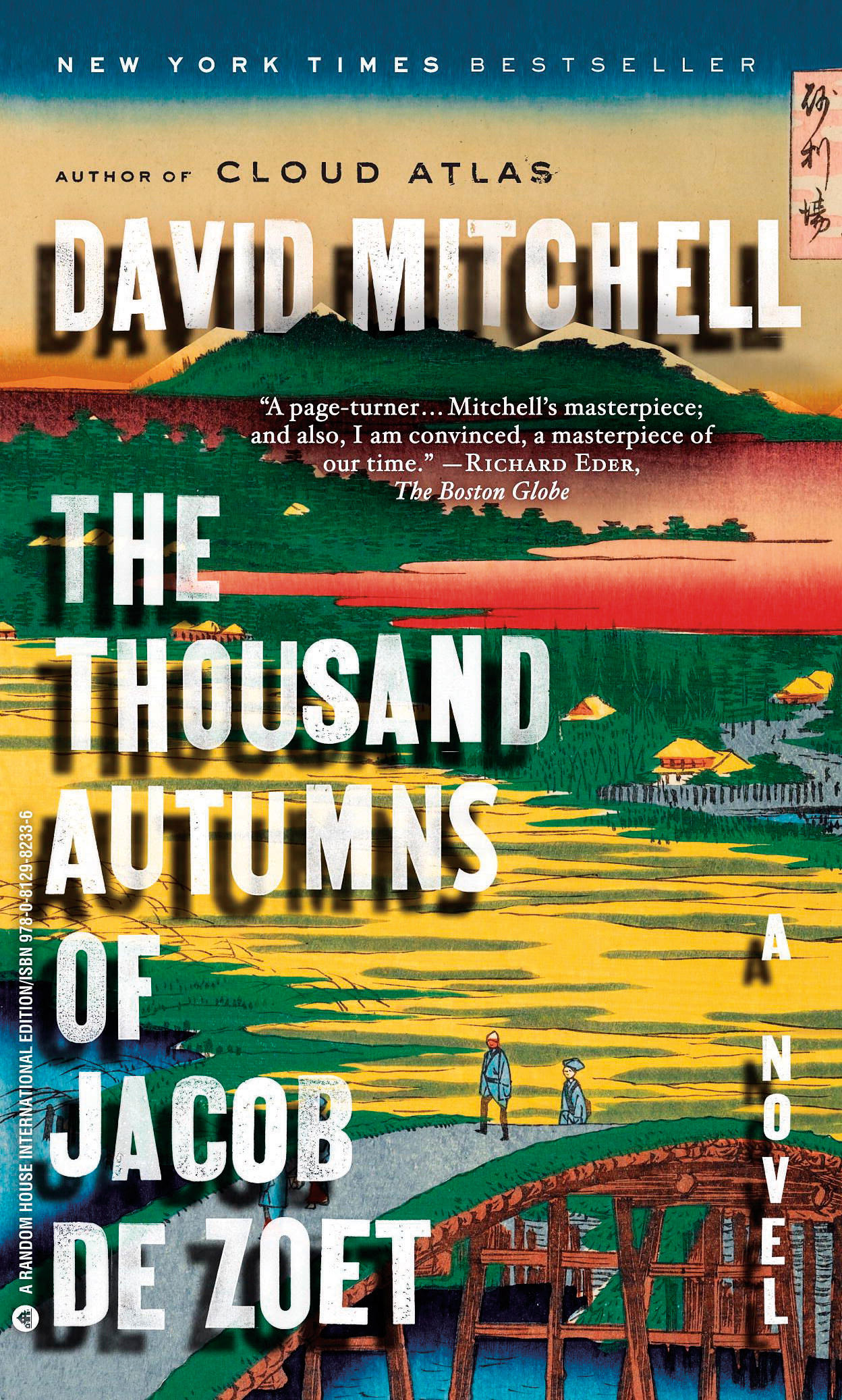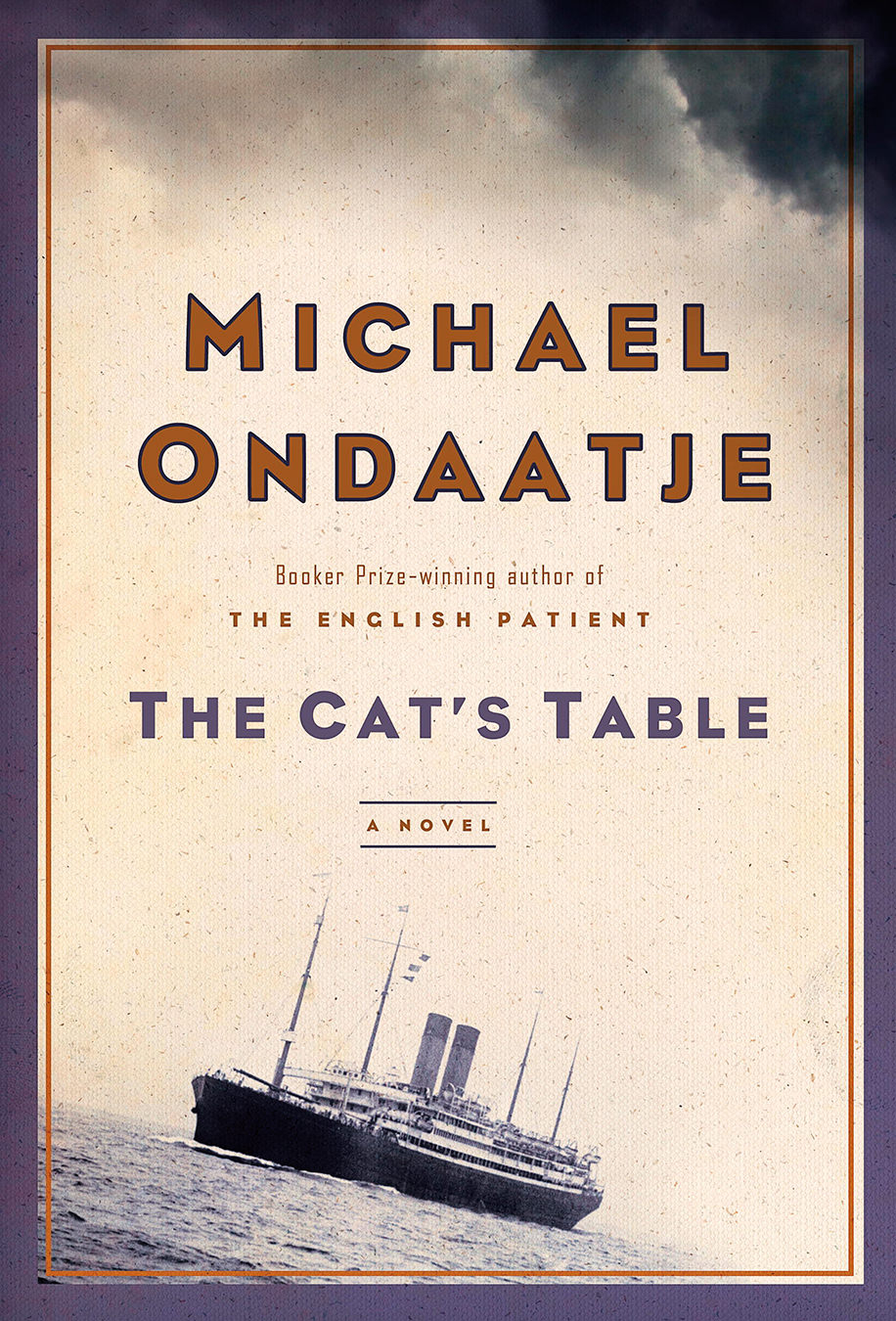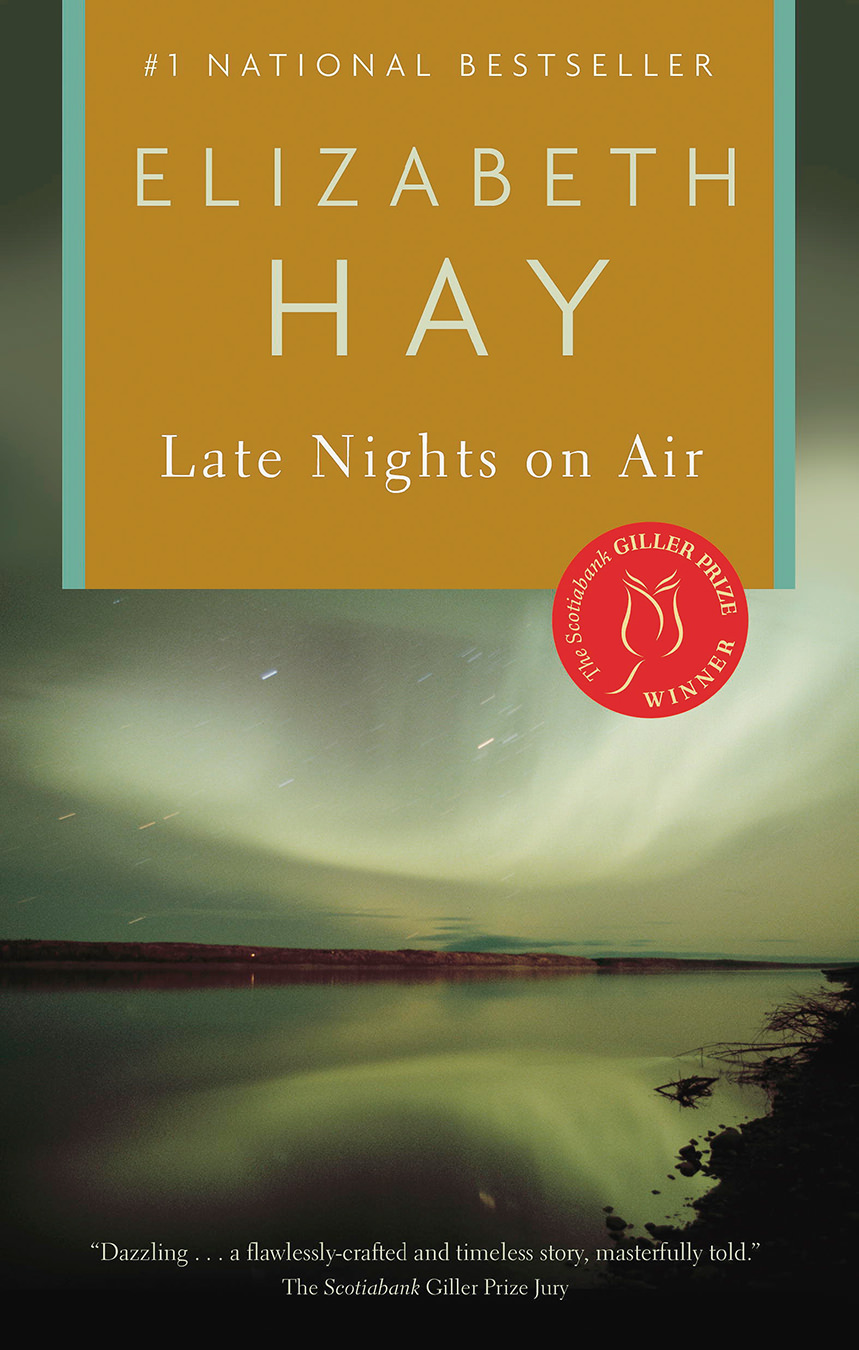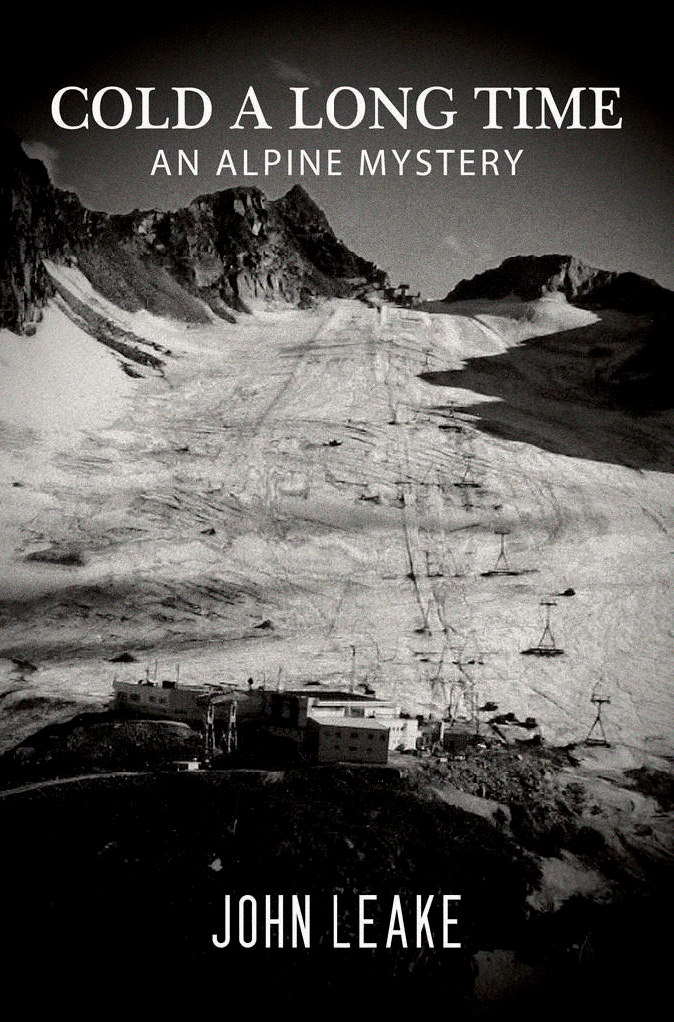-

The Thousand Autumns of Jacob de Zoet by David Mitchell.
-

The Cat’s Table by Michael Ondaatje.
-

Late Nights on Air by Elizabeth Hay.
Off the Shelf: Going Places
Books by David Mitchell, Michael Ondaatje, and Elizabeth Hay.
From Homer to Kerouac, is there a literary element more popular in Western culture than the trope of the journey? There’s a reason for the ubiquity in movies and books of that old chestnut of a plot, the road trip: throw your protagonist in a car, or on a boat or a plane; insert colourful characters, luminescent locales, and a love interest or three; and if it doesn’t reach high art, at least it probably won’t be boring.
Part of this stems from the details; descriptions of an unfamiliar place can make for good reading, which is why there are entire shelves in the bookstore devoted to travel writing. But as a literary device, travel—literally, here, since all fiction should contain some sort of a figurative journey—is an effective way of tearing characters from their comfort zones, sending them into challenge and conflict, and showcasing precisely what makes them tick.
The Thousand Autumns of Jacob de Zoet
The best writers will elevate these elements and create something you haven’t seen before, which is part of what makes David Mitchell’s The Thousand Autumns of Jacob de Zoet such an engaging read. This historical fiction starts in 1799 on Dejima, an artificial island in the Nagasaki harbour, which for hundreds of years stood as a gateway to Japan. However, owing to the country’s policy of isolation, few passed through the gates. At the time of the novel’s setting, the island was occupied by the Dutch, who traded and sometimes made lives for themselves on the small island.
The story begins with protagonist Jacob de Zoet’s arrival on the island. He is a clerk, tasked by the Dutch East Indies Company to audit the post’s books and restore a financial diligence which had gone to seed due to the corrupt but now-court-martialed commander, who is thus accused by the chief-elect of the trading factory: “Our warehouses were burning to cinders whilst you, sir, romped with strumpets in a brothel—a fact omitted from that farrago of lies you are pleased to call your day register.”
Yet Jacob’s mind is occupied with home, and with his beloved Anna; she is the reason for his trip to Japan, which is a rite of passage meant to impress her severe father.
“There’s no gainsaying that Dejima is a dull posting,” Jacob is told by Unico Vorstenbosch, chief-elect of the trading factory (although this first point does not prove precisely accurate). “The days when a man could retire on the profit from two trading seasons here are long, long gone. Swamp fever and crocodiles shan’t kill you in Japan, but monotony might. But take heart, De Zoet: after one year we return to Batavia, where you shall learn how I reward loyalty and diligence.” However, as might be discerned from the title, it is not quite that simple.
Jacob’s time on Dejima is difficult—he gains little favour among those running the trading post, and the guilt he feels over his entrancement with a local woman named Aibagawa Orito turns to confusion and resignation when she leaves Nagasaki for a life in a nearby mountain shrine. There are whispers of iniquitous activities happening at the shrine—along with the possibility, learned by Jacob too late, that Orito has been kidnapped—but it is a credit that the novel does not focus entirely on this slightly sensational development; rather, it is one of a number of ordeals faced by Jacob and the others on Dejima.
Although Jacob’s experience is at the centre of the novel, much can be said of the effectively detailed time and place described by Mitchell. The story takes a number of turns, in plot, in character, and even in genre—yet the anchor is Jacob, “an honest soul in a swamp of human crocodiles, a sharp quill among blunt nibs,” in the tradition of sympathetic, likeable underdogs. It all adds to an innovative and extraordinarily fulfilling reading experience.
The Cat’s Table
A journey is likewise at the heart of The Cat’s Table, the recent novel by Michael Ondaatje. The table in question lies on a ship, the Oronsay, which is travelling from Sri Lanka to England in 1954. Onboard is Michael, an 11-year-old boy, on his way to meet his mother and attend school.
During the ensuing 21-day journey, Michael meets two other boys, Ramadhin and Cassius. They lack much in the way of adult supervision, but although they run amok to a certain extent, running wild through the decks and doing cannonballs into the swimming pool, their behaviour is not malicious. They simply feel free, for the first time in their young lives, as the journey for them represents “the chance to escape all order”. They spend their days spying on other passengers, hiding in lifeboats and devouring the chocolate rations from the emergency kits, and smoking twigs broken off a particular cane chair (“Cassius was eager that we should try to smoke the whole chair before the end of our journey”).
One night, as the ship comes upon a storm, Michael and Cassius tie themselves to the deck, determined to experience the oncoming deluge firsthand:
We had to turn our heads away from its rush in order to breathe, the wind buckling like metal around us. We’d imagined lying there conversing in wonder about the lights of the storm at some great height above us, but we were now almost drowning from the water in the air—the rain, and the sea that was leaping over the railings and swirling across the deck. Lightning lit the rain in the air above us, and then it was dark once more. A loose rope was slapping at my throat. There was only noise. We could not tell if we were screaming or only trying to.
As can be the case with many actions of the young, this experience appears beyond justification; even later in life, Michael “cannot explain why we did what we then did. It may simply have been because it was to be our first sighting of a storm at sea.” But as the waves crash and the two young boys thrash on the deck, there is a sense that this is some important moment in their lives. According to Michael, “Whatever we did had no possibility of permanence.” But later on, the novel shifts, flashing forward so that he can remember the journey as an adult, and perhaps re-evaluate its repercussions.
Children are great observers, and Michael and his friends thus become attuned to some of those issues that are perhaps beyond their full grasp: Class. Sex. Fate. The passengers—in particular their companions who dine with them at the Cat’s Table, so named for its distance in location and privilege from the Captain’s Table—have their own foibles and quirks, witnessed if not totally understood by the boys. As much as they are mostly and blissfully ignorant of the adult world, they are inexorably drawn to a few individuals, whose stories have not-quite-tangential effects on their lives; as the narrator critically notes, “Some events take a lifetime to reveal their damage and influence.”
Late Nights on Air
If the children on board the Oronsay are mostly unaware (at least at the time) of the effects of their journey, the individuals filling Elizabeth Hay’s Late Nights on Air are all too cognizant of the impact of their setting; in this case, Yellowknife in 1975.
There are many characters in the novel, but three are of particular prominence, and the first few pages document their respective arrivals in town. Harry Boyd has come to temporarily manage the radio station, the very place he had begun his career 15 years earlier. Now, however, he is “an old fish in a small pond”, and is doing his best to work past a period of lucklessness in Toronto; “winds of ill repute had blown him back up on these shores—a man with a nearly forgotten reputation for brilliance, one of those lucky luckless people who finds his element early on and then makes the mistake of leaving it.” Dido Paris, as exotically beautiful as her name, comes north to escape a romantic dilemma. Last to arrive is Gwen Symon, seeking a clean start (even if she’s not quite sure what that entails), and she and Dido are both hired at the radio station. The three form bonds and create conflicts, and ultimately attain varying degrees of comfort in their new jobs and lives—and in the small town, and that wild territory that surrounds it, a setting so different from what they were accustomed.
Running parallel to these characters’ journeys are two other stories, both true. One is that of John Hornby, an explorer who perished along with two companions in a remote area known as the Barrens. The other pertains to the Mackenzie Valley Pipeline Inquiry, and the commissioner, Judge Thomas Berger, hears testimony from the myriad groups that would be affected by the proposed gas pipeline development in the region. These elements act something like outriggers to the story: perhaps guiding, but more supporting and directly affecting, the characters, sometimes subtly, often not.
And then there is the town itself. Yellowknife of the 1970s is small, with “only two stoplights, perhaps, but such a traffic in voices”; throughout the novel, Yellowknife, and the North in general, is described not so much as an end destination but a place where people just sort of end up, perhaps a serendipitous stop on a longer journey. One character arrives from Montana for just such a reason; “on the car radio was Neil Young, so he turned north, and then he decided he might as well follow the road until it ran out.” Here is where they all find themselves, and although they don’t all stay, the town and the landscape leave an indelible impression on all of them.
In the hands of a talented writer, setting can, and often should, become its own character. Here, the land is an entity unto itself, implicating itself in the minds of everyone but especially the three newcomers to the town. Through Hays’s vivid descriptions, the northern setting is wonderful, sometimes alien, and often tragic, evoking a haunting feel of events in motion and inevitable, perhaps drawing not toward conclusion in the strictest sense, but certainly to an end.




